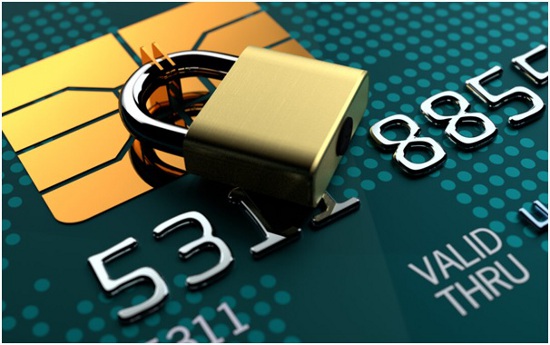A merchant’s business is full of risks, and if you do your business online, one of the greatest risks is chargebacks. Not only do they take away your revenue (in favor of the client that banks try to keep satisfied) but also damage your reputation and can push you out of business completely. Luckily, there are methods to protect your MID (merchant account), so the losses are reduced, and status protected.


Friendly Fraud: Costly Misunderstandings
When a decent customer claims chargebacks for a reason that’s not the merchant’s fault, it’s called “friendly fraud.” They can simply forget what they bought, or not notice the purchase arrived, or suddenly change their mind about the parameters. Sometimes the owner’s family member makes the purchase and doesn’t tell them about it. The result is the same: the merchant ships the purchase and then they take the money back.
To avoid this, you need to keep your communication on a high level. Always provide ways for customers to contact you. Make the merchant descriptor sent by the payment system informative, so the customers know about what they buy. And activate chargeback alerts, so you can resolve the problem with your customer before the dispute. Maybe you will have to make a refund, but it won’t impact your status and reputation.
Fraudulent Chargebacks and How to Avoid Them
If you don’t want to give your money to fraudsters, don’t take theirs. The schemes may differ. They can make purchases in your stores using stolen card numbers, so when the owners realize, chargebacks hit you. Your store may be used in a triangular scheme that stains you as an unaware partner in crime. There are other methods as well, but all of them have one thing in common: they may end in a chargeback at your expense.
How can a merchant prevent fraudulent schemes that result in chargebacks? Don’t charge suspicious cards. Decline transactions if there is a shadow of a doubt. And there are methods to detect those shadows.
While there is still a good old analysis of the transaction details, today’s methods are much more elaborate. The most famous (and the most efficient so far) involves device fingerprinting. It utilizes the fact that each device used in transactions can be identified by the data it leaves: OS and browser versions, IP address, cookies for desktops and laptops, and device ID, location and carrier data, app versions, etc. for smartphones and tablets. Analyzing this data in connection with card details, an AI can rate the fraud probability.
For example, it can compare the time and time zone (for the location) of the transaction to previous ones made with the same card, check the purchase category, the delivery address, the customer name, the amount, and other parameters. The check may be based on any other parameter. It’s suspicious, for example, to see many various purchases suddenly made from the same device (or IP address), but with different card numbers. The same suspicion may arise if a purchase is suddenly made from a location far far away, so the legitimate owner just couldn’t make it there so fast. There are other methods as well to access, for example, card numbers that are at risk.
Analyzing transactions like this, an AI can make a decision whether to accept or decline any given payment. Sometimes a transaction may seem suspicious for quite innocent reasons (the owner goes abroad for vacation, to a different time zone, and buys a really exotic item), but sorry, better safe than sorry.
When You’re in Charge of Your Back
Of course, no one expects you to handle all these issues yourself. But you can take care of these possibilities when connecting a payment gateway to your online store. It will provide you with the highest level of protection and save you both the money and the image.
If you liked this article, we’d like you to share it on your social media to show it. Maybe your friends and followers will read it too. Or leave a comment here to add something (we know there is a lot more to it) or to ask a question.


























